Waterproofing spray for outdoor adventures
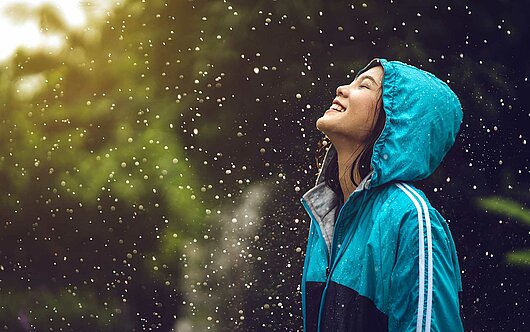
The smartest way to use waterproofing spray and wash for tents, jackets and footwear!
I usually get raindrops falling on my head, but since I waterproofed my gear, things have been going well for me! Modern waterproofing is the best. It makes it possible for me to march up mountains with gear that is reasonably breathable and waterproof. What a wonderful time to have such a fantastic experience.
However, being waterproof is an incredible privilege that should not be taken for granted. I have often blamed myself for this. Sometimes when I’m out and about in one of my trusty rain jackets, I notice that my shoulders suddenly get too cold and something wet trickles down my back. Often I get doused by water and I realize that my jacket is no longer waterproof and I’m soaking wet in no time.
What is the best way to prevent this? Waterproofing spray is the best option. But unfortunately, rainwear can’t stay waterproof forever. For this reason, I always keep the waterproofing spray near my gear. I have refreshed the waterproofing of my rain jackets as needed throughout the year, and I have given my backpacking gear a complete waterproofing from time to time. However, living in Brittany, France, I always have to expect rain, so I’ve learned to be careful instead of getting soaked.
Tip
In this article, you will learn the best way to waterproof your gear waterproof and why it is important to apply waterproofing spray to extend the longevity of your outdoor gear
#1 Why it is necessary to re-waterproof your equipment.
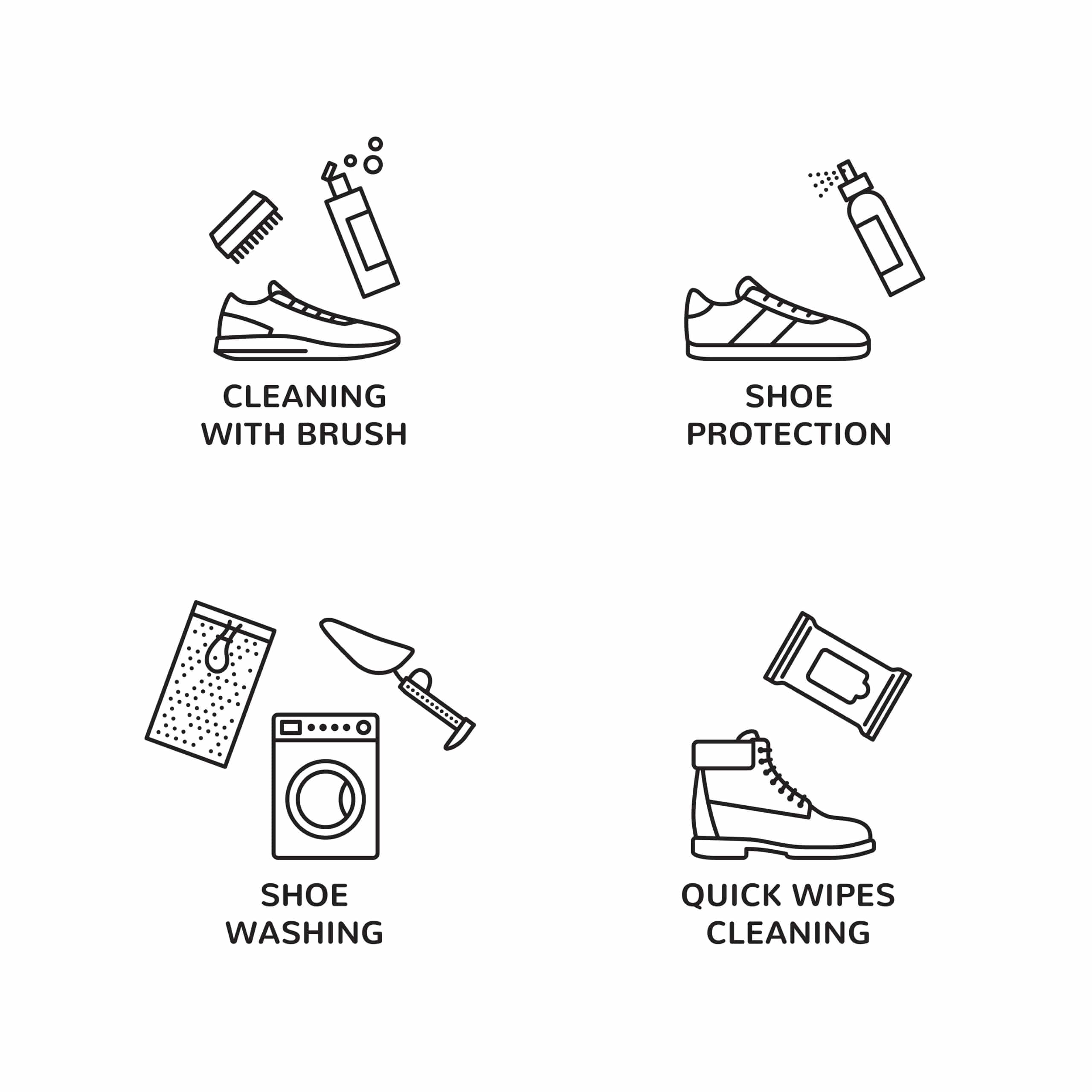
Durable waterproofing is a chemical coating that helps repel water and maintain fabric breathability. It is typically applied to many rainwear items, but can also be applied to other outdoor gear. A durable water repellent coating increases the surface tension of the fibers in your fabric and prevents water from penetrating and soaking your gear.
A suitable durable water repellent coating ensures that water beads up and runs off the fabric. A good durable waterproof coating will also provide protection from UV rays, helping to extend the life of your gear. If the durable water repellent coating is damaged, you will notice wet spots where water has penetrated. These wet spots not only allow water to penetrate, but also affect the breathability and durability of your fabric by filling it with moisture. This can lead to what is known as “wet-out.”
What about clothing that has already been waterproofed before purchase?
Often, a new durable water repellent coating applied prior to purchase will degrade over time. First, you will notice that your waterproof jacket loses quality in the areas where it regularly moves or comes into contact, such as the cuffs and shoulders of the jacket. This is because durable water repellent material is easily destroyed by abrasion and friction.
There are some factors responsible for the degradation of the durable water repellent finish of your favorite pieces, including movement, dirt and washing in the washing machine.
Some of the basic steps are:
- Make sure you clean and testyour equipment.
- Treat the entire product.
- Use the waterproofing spray for all necessary parts.
- You can also use a waterproofing with detergent for selected parts.
- Wait until it is completely dry.
#2. wash the equipment and check the waterproofing.
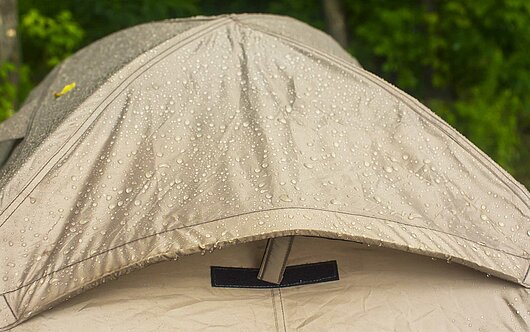
Now what is the best way to go about washing your clothes or equipment properly waterproof? Follow these tips and never get wet again!
After washing, it is important to test the gear in the rain or wet weather (or with a hose) to see if the water repellent properties have improved before taking the next step.
However, if the entire garment needs to be treated, you will need to create a screened area large enough to spray the entire garment.
#3. applying the spray on different items
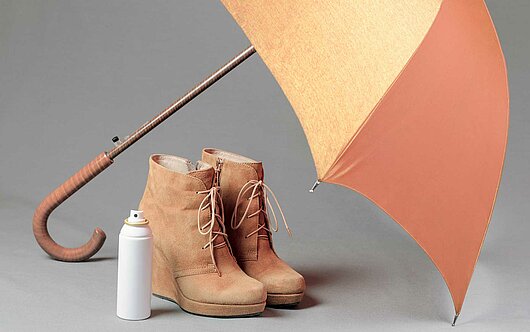
Waterproofing spray is suitable for garments with multiple layers where only the outer layer needs to be waterproofed. This applies to items such as rainwear and backpack covers, as well as camping gear such as tents and other items made of eVent or Gore-Tex. For two or more layers of rainwear, you can opt for a wash-inImprägnierung, but this comes with some drawbacks. In most cases, however, we offer a suitable waterproofing spray to get the job done.
Now that our clothes look clean, we can lay them out flat and apply a durable water repellent spray like Nanoflex Tex2. Here, it doesn’t matter if your garment is wet or dry. Make sure you button or zipper your garment so the spray doesn’t come in contact with the inside of your jacket or bag. Hold the spray bottle about five inches away from the fabric while you apply the water repellent coating. This will ensure that you reach all the flaps and folds of the fabric.
Let the fabric dry for a few minutes and then remove any drips with a damp cloth.
#4. how does the Wash-In-waterproofing work ?
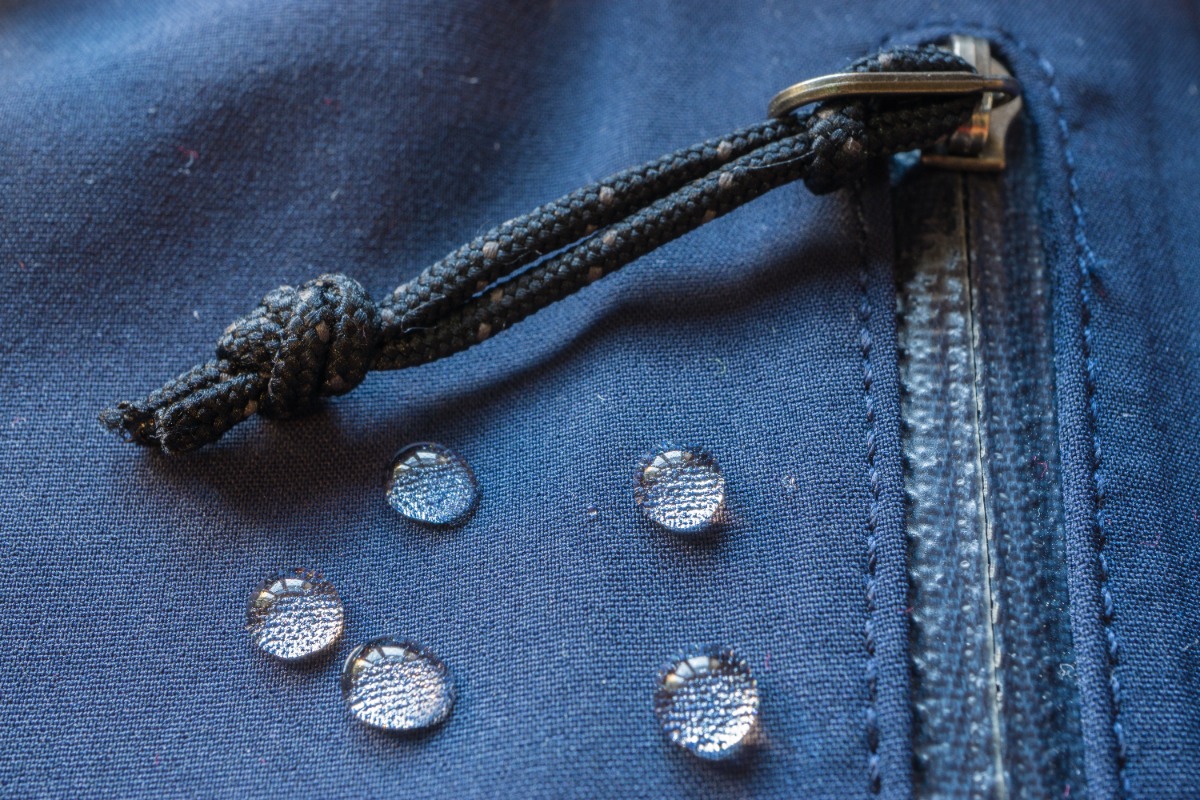
Unlike the waterproofing spray, the waterproofing in the washing machine coats the entire garment with the permanent agent.
I use waterproofing agents on my fleece sweaters and moisture wicking sports shirts because I don’t want sweat or rain to stick to my fabrics.
Here, the process is not much different than a normal wash cycle.
#5 Making down water resistant again.
The waterproofing of down is usually a complicated issue because a down jacket or down sleeping bag contains an outer material similar to that of rainwear, but the down itself is located near the outer material.
The best way to make the outer material of a down jacket waterproof again is to use the waterproofing spray I described above. This will make the outer layer of your down garment waterproof again.
Wash the down jacket first and then use a waterproof wash cleaner. The down cleaner is warmer and gentler compared to most detergents available. Oil and dirt affect the effectiveness of the down insulation, whereas the protective layer of durable water repellent material on the outside of the garment protects the material.
An ideal down detergent improves the fluffiness of the down insulation and prolongs the water resistance of the treated down. Remember to follow the instructions on the care label. You can also put some light tennis balls in the dryer to loosen up the down clumps in the affected areas.
#6. shoe leather and fabric impregnation
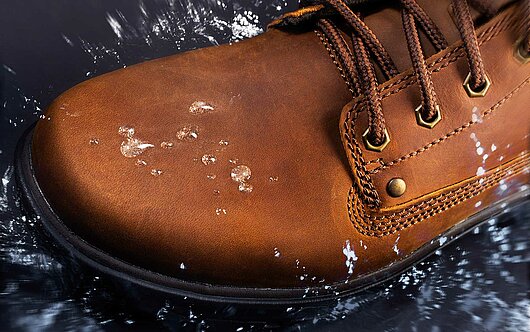
It’s not just from above that the rain comes. Often it is already dry again outside and then the wetness comes from below. Whether through puddles or wet grass, wet shoes and thus wet feet are not only unangehem, but also quickly provide a cold.
A quick wash is not enough if your shoes are worn a lot. To properly wash and clean your shoes, you need to remove the laces and get out the scrub brush. Try to remove the dirt from all leather and fabric surfaces and then wash the shoes clean again!
After cleaning, you can treat the breathable fabric of your shoes in much the same way you treat your synthetic materials of a backpack or jacket with a waterproofing spray.
Leather requires special treatment. If left untreated or unclean, the leather of your shoes can crack and dry out, leading to a leaky condition. Use Nanoflex L-Care to keep your boots smooth for the long term.